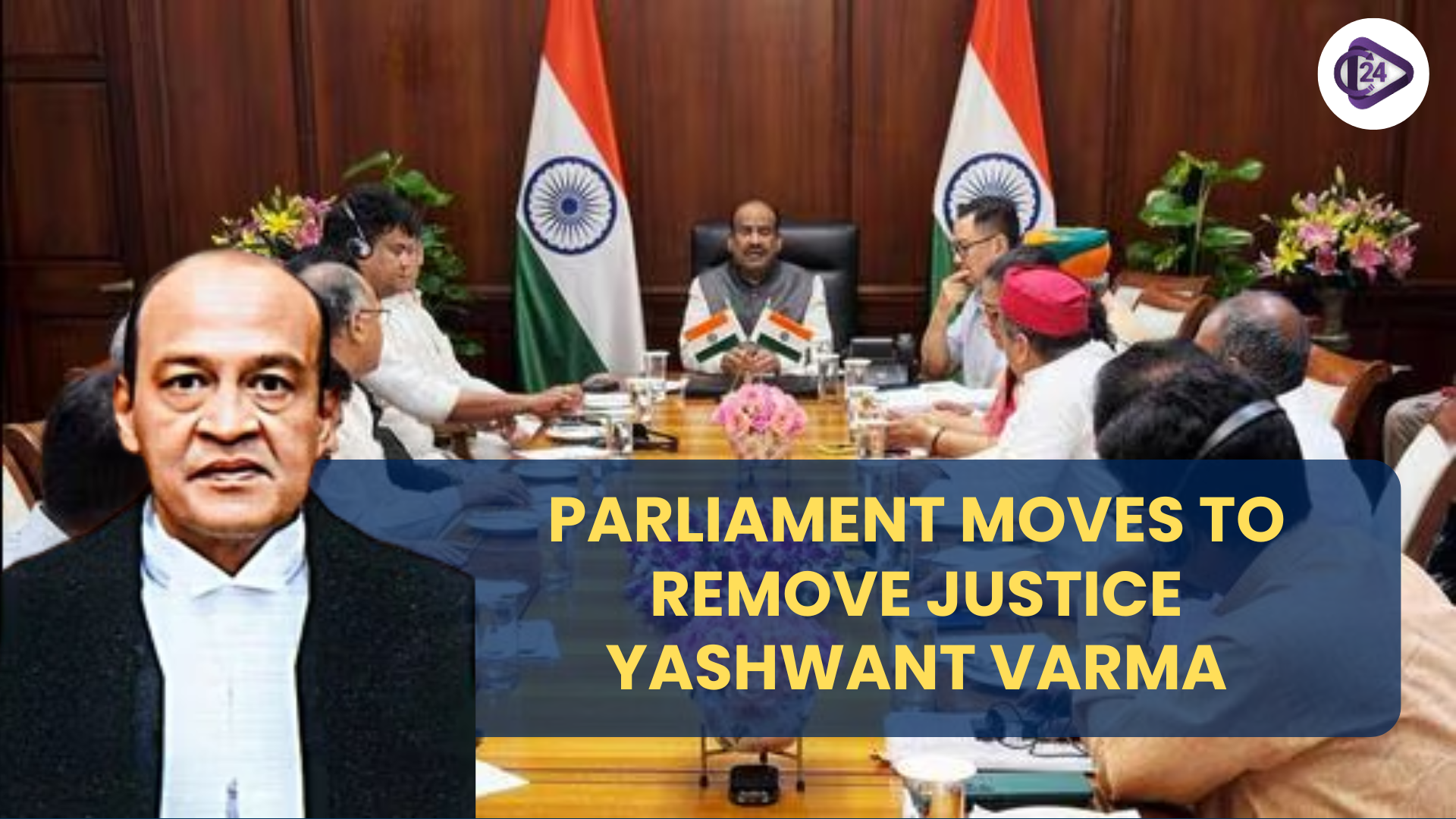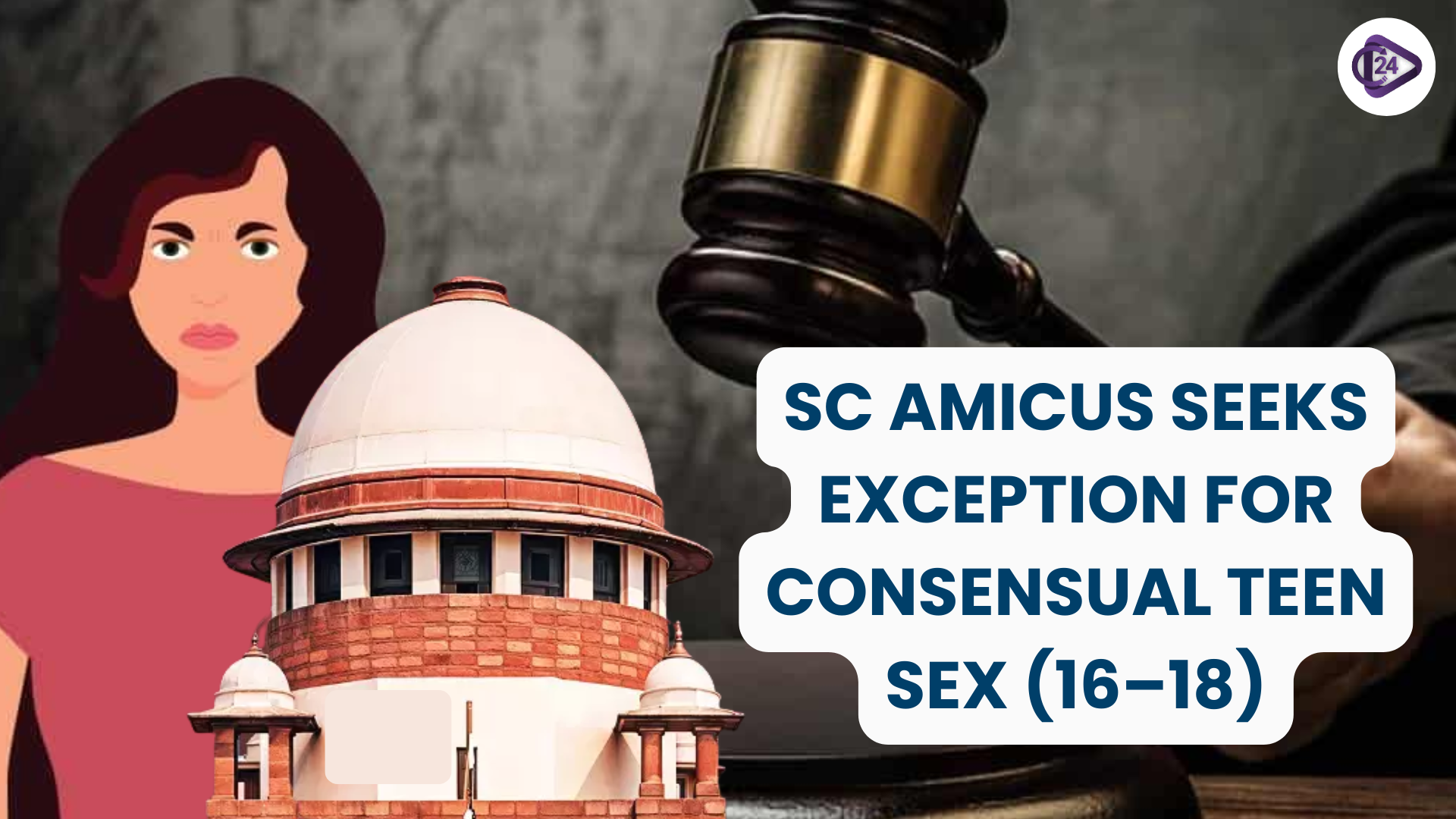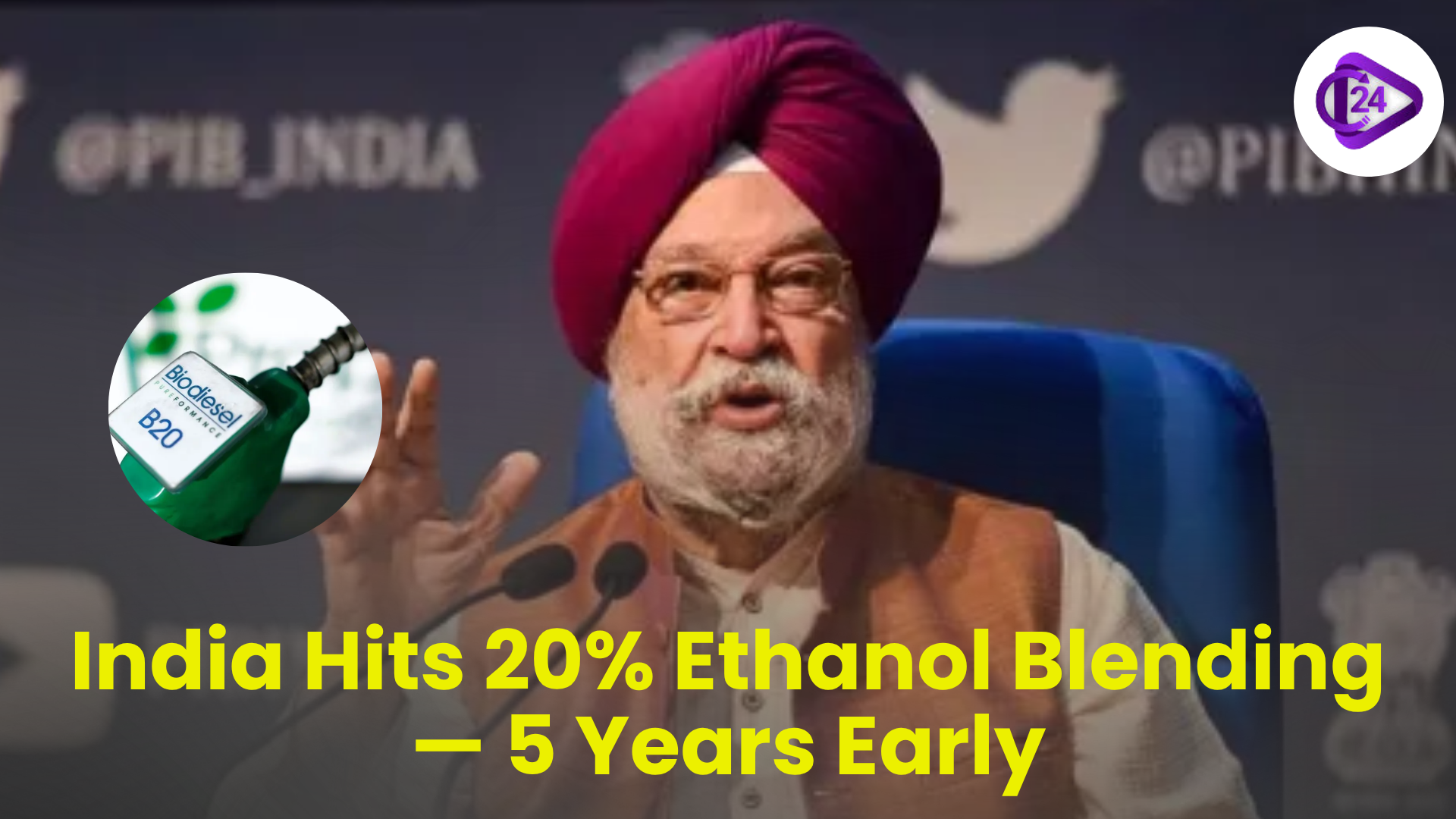
Independence of the courts is a fundamental concept of democracy, yet accountability is equally necessary so as to protect the confidence of the people. In yet another important development, the Indian Parliament has set in motion the process of removing Justice Yashwant Varma of the Allahabad High Court. The move initiated by MPs cut across party lines to mark the first time of such a step in the impeachment of the judges.
Context
-
In the Lok Sabha 152 MPs gave a bipartisan no-confidence motion against Justice Yashwant Varma on July 21, 2025. In Rajya Sabha, 63 MPs also sent a similar notice.
-
Reason of controversy:
-
Justice Varma was investigated after there were half-burnt notes of currency found at his official residence in Delhi after a major incidence of a fire hit the place on 14 March 2025.
-
Background
-
Transference of Judge:
-
Justice Varma was sent to Allahabad High Court after the row.
-
-
Report of SC Inquiry Committee:
-
The matter was investigated by a committee comprising the then Chief Justice of India (CJI) Sanjiv Khanna whose report was filed before the then President and Prime Minister resulting in the initiating of impeachment motion.
-
Constitutional Provisions for Judicial Removal
|
Provision |
Details |
|
Article 124(4) |
A judge of the Supreme Court (and similarly, High Court under Article 217) can be removed on grounds of proven misbehavior or incapacity. |
|
Judges (Inquiry) Act, 1968 |
Provides the procedure for investigation and presentation of the motion in Parliament. |
|
Parliamentary Requirements |
Minimum 100 Lok Sabha MPs or 50 Rajya Sabha MPs must sign the motion for it to be considered. |
Impeachment Process
-
The beginning of Motion:
-
Concurred by a sufficient number of MPs in either House.
-
-
Admissibility Check:
-
Admissibility is checked by Lok Sabha Speaker and Rajya Sabha Chairman.
-
-
Construction of Inquiry Committee:
-
Includes:
-
A justice of the Supreme Court (or the CJI)
-
High Court Chief Justice,
-
A distinguished jurist.
-
-
-
Investigation & Report:
-
The committee inquires and reports in a lapse of 3 months.
-
-
Parliamentary Debate / Voting:
-
The motion must be agreed in both Houses by a special majority (majority of all the membership and 2/3rd of the members present and voting).
-
-
Presidential Assent:
-
In case of being passed, the President directs to overthrow the judge.
-
Significance of the case
-
Original Post-BNS Impeachment:
-
This has been one of the initial grand judicial responsibility initiatives following the enactment of Bharatiya Nyaya Sanhita (BNS).
-
-
Bipartisan Unity:
-
The severity of the allegations is emphasized by rare agreement on ruling and opposition MPs.
-
-
Strengthening Accountability:
-
Strengthens the fact that no one has the right to immunity even in a democracy, not even the judiciary.
-
Difficulties to Judicial Removal
-
High Threshold:
-
Removal is politically and procedurally hard because of the necessity of a special majority.
-
-
Unused Provision:
-
Only one former judge (Justice V. Ramaswami) had been subject to the removal motion in the past, but that was not confirmed because of political disputes.
-
-
Threat of Politicization:
-
Accountability in the judicial system should not be abused in derailing independence in the judicial system.
-
Way Forward
-
Institutional Reforms:
-
Restructure the de-systematized process of appointment and accountability of judges by establishing a National Judicial Complaints Commission.
-
-
Greater Transparency:
-
Frequent public announcement of the inquiry process can give trust among the people.
-
-
Code of Conduct in the Judiciary:
-
Applicable ethical codes should be formulated in order to shape the conduct of the judges.
-
Conclusion
The impeachment cloud hanging over Justice Yashwant Varma can be viewed as a challenge through which entire India is trying its constitutional apparatus of protecting judicial accountability and guarding judicial independence. Fair, transparent and impartial investigation of the matter will support the democratic fiber and the trust of the court.



 Mera Gaon Meri Dharohar (MGMD): Cultural Mapping for Rural Identity and Development
Mera Gaon Meri Dharohar (MGMD): Cultural Mapping for Rural Identity and Development Rejuvenating the Noon River: A Model of Community-Led River Restoration in Uttar Pradesh
Rejuvenating the Noon River: A Model of Community-Led River Restoration in Uttar Pradesh Gavri Festival: Tribal Resistance and Ritual Theatre of the Mewar Bhils
Gavri Festival: Tribal Resistance and Ritual Theatre of the Mewar Bhils Mission Vatsalya Portal Relaunched to Strengthen Child Protection Services
Mission Vatsalya Portal Relaunched to Strengthen Child Protection Services SC Amicus Seeks Exception for Consensual Sex Between Adolescents Aged 16–18
SC Amicus Seeks Exception for Consensual Sex Between Adolescents Aged 16–18 India Achieves 20% Ethanol Blending in Petrol — 5 Years Ahead of Target
India Achieves 20% Ethanol Blending in Petrol — 5 Years Ahead of Target Aadi Thiruvathirai 2025: Honouring Rajendra Chola I
Aadi Thiruvathirai 2025: Honouring Rajendra Chola I 90%+ Sewer Deaths Occurred Without Safety Gear, Finds Social Audit
90%+ Sewer Deaths Occurred Without Safety Gear, Finds Social Audit MiG-21 Fighter Jets to Retire in September 2025
MiG-21 Fighter Jets to Retire in September 2025






